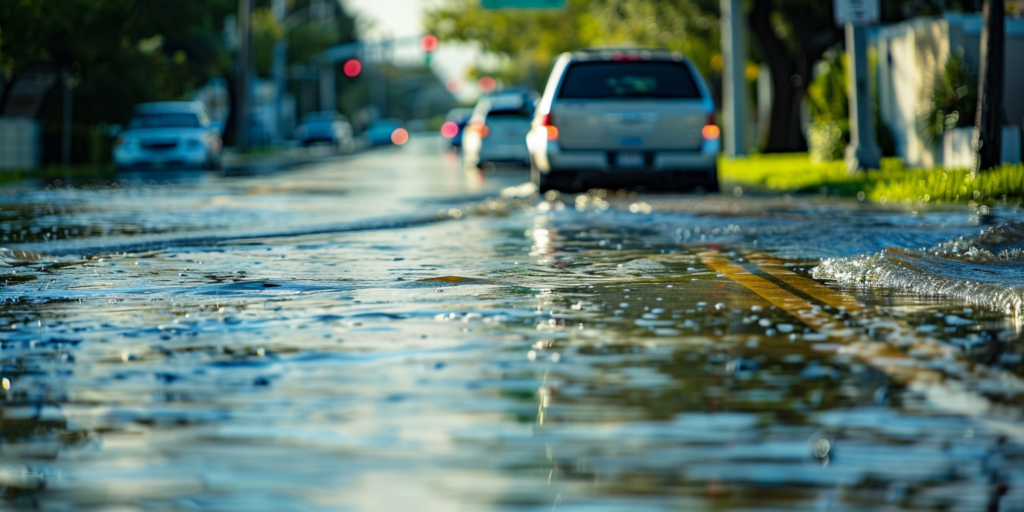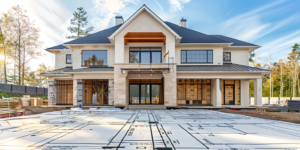When even an inch or two of water enters your building, the water damage can be severe. Often, the depth of flood waters exceeds a few feet, and the water may slowly subside after several days. In the process, it can destroy drywall, flooring, the electrical system, furniture, and more. Repairing the extensive damage may take several months in some cases, and the property may be unusable after the repairs are done. What can you do to prevent flood damage?
1- Get a Professional Evaluation
Each property is unique, so an independent, professional evaluation of flooding risks and damage is important. This evaluation will give you specific insights into your property’s vulnerabilities. With these insights, you can make thoughtful improvements that can ultimately reduce the risk and severity of flood damage to your property in the future. The evaluation may also come with an Elevation Certificate, which specifically confirms that the property is above the estimated level of water in a major flooding situation. This certificate is critical for obtaining flood insurance in a high-risk flood zone.
2- Install Interior Barriers
If flood waters do rise high enough to reach your property, you need a way to prevent the water from entering the interior. If your property has a basement, you should waterproof and seal the entire space. Keep in mind that the sealant may need to be reapplied from time to time. A sump pump in the basement is also beneficial. If flood waters threaten your property, move all of your belongings to a higher level in the home. While structure damage may still occur, your belongings will remain safe.
3- Upgrade the Landscaping
Your property’s grounds play a considerable role in flood risk. If you are building a new home, build on the highest area of the land. Pay attention to grading and water runoff when selecting the right space. If your home is already constructed, you should consult with a landscaper about drainage and runoff. The landscaper can use French drains, elevation gradin, and other techniques to channel the water away from your property. Even if it rains heavily, the water will flow away from your property with the right landscaping infrastructure in place. As you look at the exterior of your home, pay attention to the gutters. The gutters should be in excellent condition at all times, and they should direct the water away from the structure. Your landscaper can provide assistance ensuring that the water flows in the right direction and does not pool in your yard.
Flooding is a serious risk that most property owners are exposed to, and some properties are more exposed to flooding than others. As a first step, get a professional flood risk evaluation. Through the evaluation, you can learn about additional steps necessary to prevent flooding on your property. When it rains heavily, you should observe how water flows in the yard as well as if it pools close to the structure. These are issues that should be addressed promptly. With the right strategies, you can dramatically reduce the risk of flood damage.



